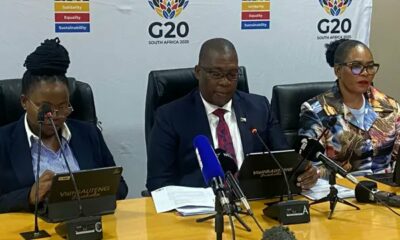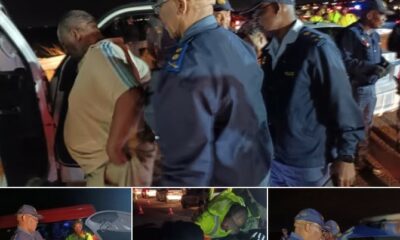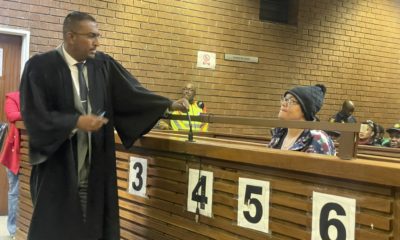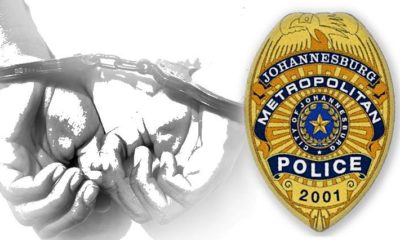News
South Africa’s Murder Rate Falls, Yet Daily Violence Still Hits Hard
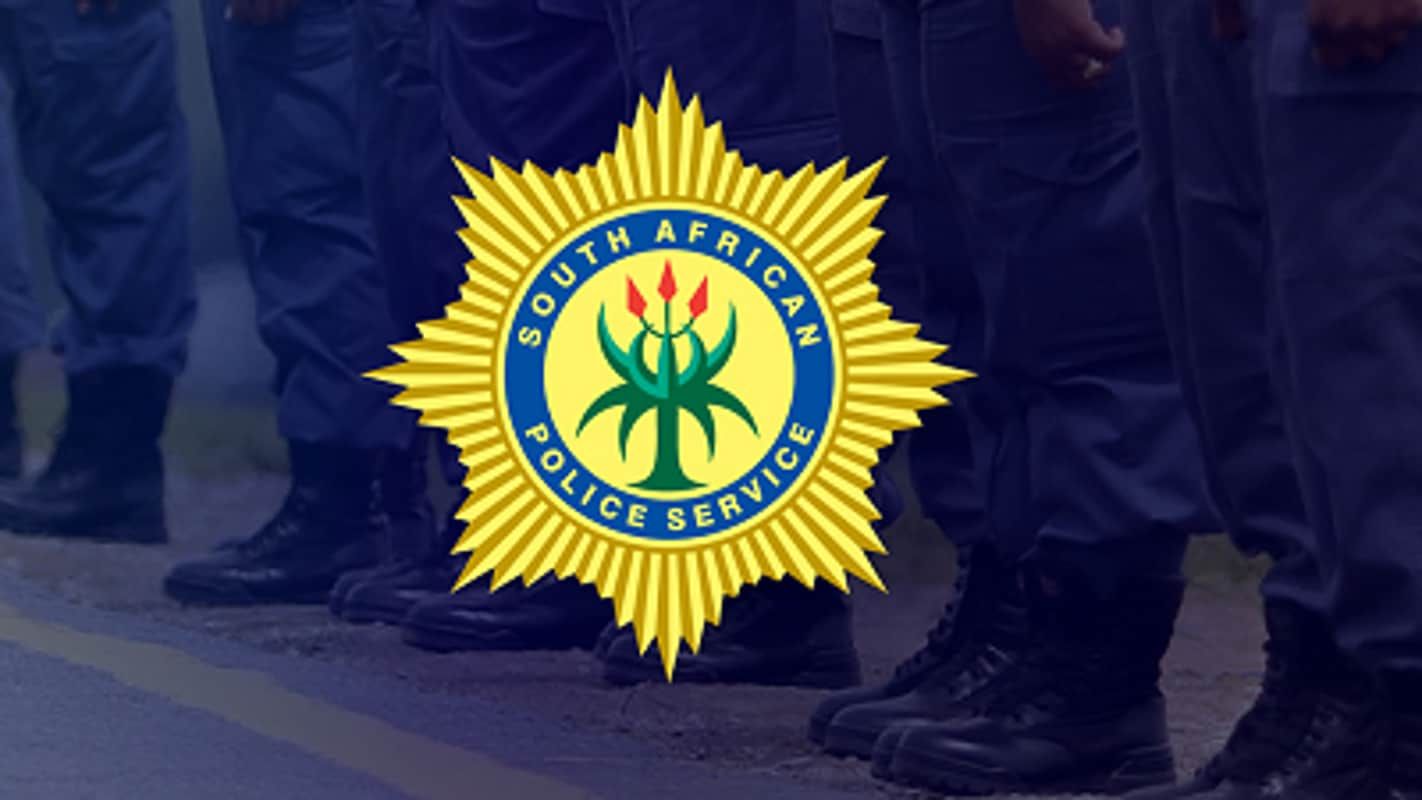
The latest crime statistics arrived with a sense of both relief and unease. For the first time in a while, the numbers show that South Africa is recording fewer murders. Yet even with those improvements, the country is still losing an average of sixty-three people every single day. It is the kind of figure that feels impossible to understand until you remember that each number is a family changed forever.
Acting Police Minister Firoz Cachalia released the April to June 2025 and July to September 2025 statistics, data that South Africans had been waiting for with cautious hope. What followed was a national conversation that felt split down the middle. On one side, communities celebrated signs that policing strategies were starting to cut through. On the other hand, people wondered how much difference a percentage drop really makes when violence still feels woven into daily life.
Murders decline, but not everywhere
Between April and June 2025, murders dropped by nearly seven percent. The July to September period showed an even steeper decline of eleven points, five percent. Major General Thulare Sekhukhune confirmed that this translated into seven hundred and fifty-one fewer murders than the previous comparative period.
That kind of progress is significant. Yet it did not unfold evenly across the country. The Western Cape experienced sharp spikes in Mfuleni, Delft, Gugulethu, and Kraaifontein, areas where community safety has long depended on a fragile balance between policing, social services, and local support networks. For residents there, the national decline can feel disconnected from the day-to-day reality on their streets.
Sekhukhune explained that most murders still stem from arguments, misunderstandings, provocation, and road rage. In many neighbourhoods, these everyday conflicts escalate quickly because of alcohol abuse, illegal firearms, and ongoing social stressors.
Sexual offences rise slightly, while attempted murder shows mixed movement
Sexual offences saw a small increase of zero point two percent, rising from twelve thousand seven hundred and sixty-five cases to twelve thousand seven hundred and eighty-seven. Police emphasised that the majority of rapes continue to take place at the home of either the victim or the perpetrator. It is a reminder that South Africa’s gender-based violence crisis often hides behind private walls rather than dark corners.
Attempted murder figures tell a more complicated story. The category recorded one hundred and ninety-four more cases, an increase of two point seven percent. Yet other forms of violent crime reflected encouraging reductions. Assault with intent to cause grievous bodily harm fell by seven hundred and fifty-three cases, and robbery with aggravating circumstances dropped by three thousand six hundred and eighty-nine cases.
Overall, Sekhukhune said contact crimes fell by four thousand nine hundred and ninety-nine cases during the period.
Cape Town and eThekwini remain hotspots for contact crimes
Police stations in Cape Town and eThekwini once again registered the highest number of contact crimes between July and September. Four Cape Town stations ranked among the top five nationally for these offences. In Limpopo, Thohoyandou Police Station recorded the highest number of rape cases, followed closely by stations in KwaZulu-Natal and the Eastern Cape.
Despite a three-point-one percent decrease in contact crime compared to the same period the year before, the consistent rise in sexual offences in some regions remains a concern for both law enforcement and social justice advocates.
A festive season policing surge aims to rebuild public confidence
Deputy National Commissioner Tebello Mosikili noted that the police have entered a period of heightened operations to create a safer festive season. South Africans may have already noticed the increased visibility through Operation Shanela, a weekly integrated initiative that has become one of the central pillars of the police response.
She acknowledged that the country is not where it wants to be. However, there is a sense that communities are starting to feel a small but meaningful shift.
POLICE RELEASE FIRST AND SECOND QUARTER CRIME STATS https://t.co/WlDP65qHsP
— Newzroom Afrika (@Newzroom405) November 28, 2025
Reshaping policing from the inside out
Cachalia emphasised that the Madlanga Commission has become an important reset for the South African Police Service. He noted that while murder rates are falling, broader threats remain, particularly organised crime. Criminal networks continue to infiltrate political structures, procurement processes, and public institutions.
For many South Africans, the commission signals a long-overdue restructuring of how policing is governed, overseen, and held accountable.
What the numbers mean for ordinary South Africans
The data gives South Africa a rare mix of hope and unease. There is measurable progress, yet the scale of daily violence still affects every community in some way. Social media reactions captured that split feeling perfectly. Some users expressed relief at seeing green arrows and downward trends. Others pointed out that the country has grown used to celebrating improvements that would still be considered crisis levels elsewhere.
The takeaway is clear. What South Africans want is not just better statistics but safer lives. Fewer families are waiting for justice. More trust in the system meant to protect them. And a future where the percentage drops are not the headline because violence itself has become rare.
Follow Joburg ETC on Facebook, Twitter, TikT
For more News in Johannesburg, visit joburgetc.com
Source: The Citizen
Featured Image: The South African

